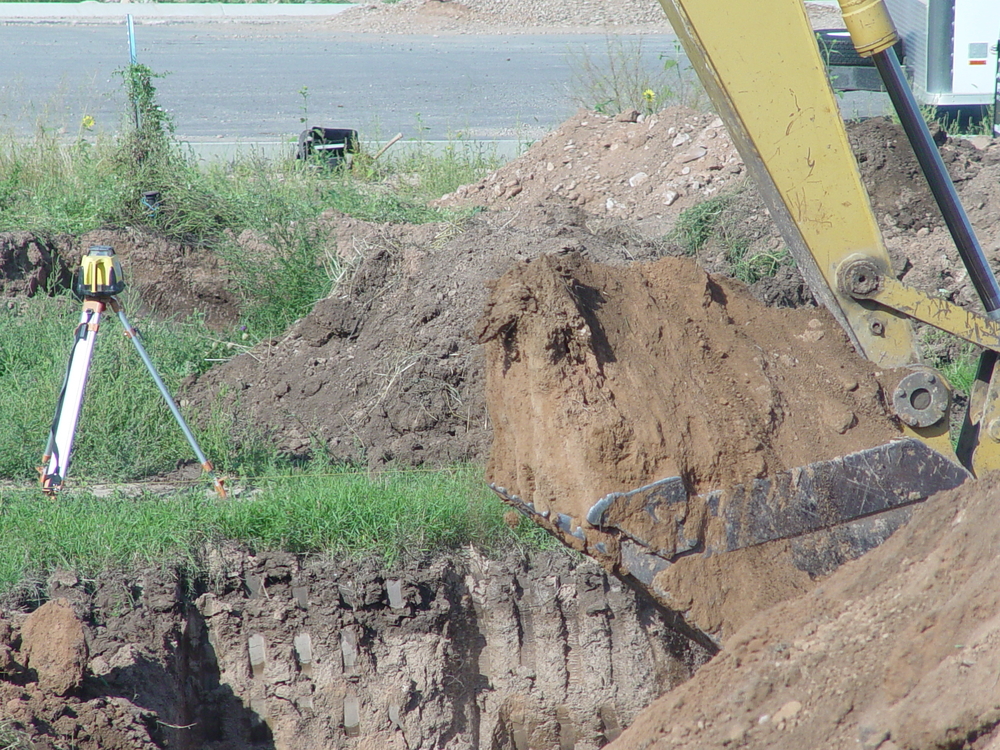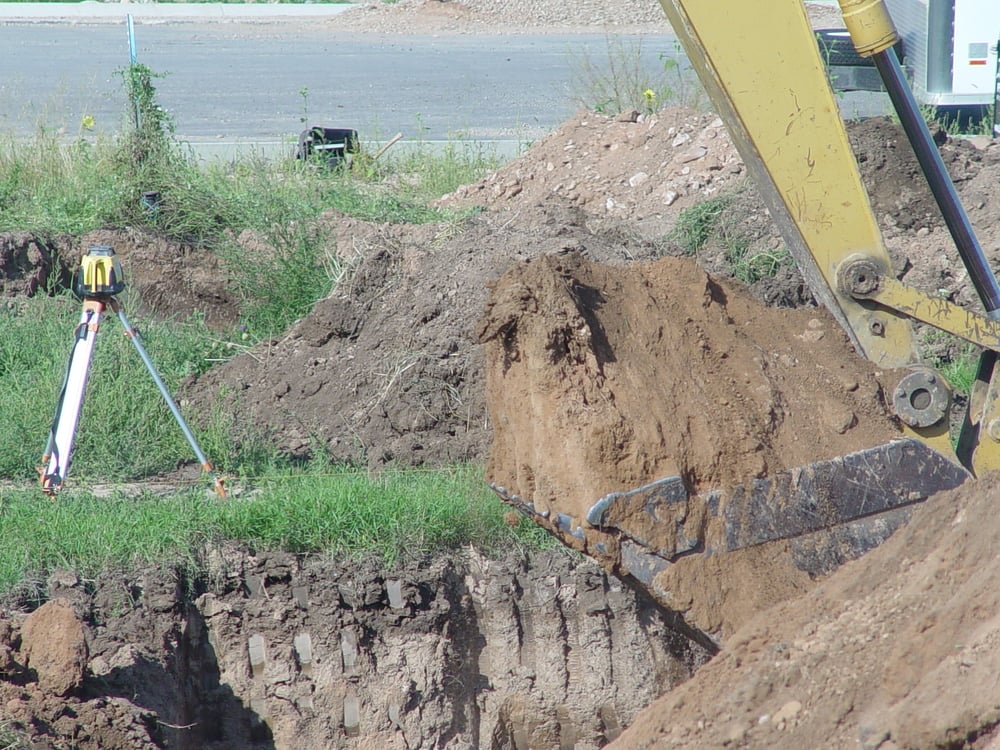In Illinois, clean construction and demolition debris (CCDD) facilities allow certain construction-based wastes and/or uncontaminated soil to be disposed at significantly less cost than landfill disposal while preserving space in landfills.
What materials generated during construction or demolition activities can be disposed at a CCDD facility?
- uncontaminated broken concrete (without protruding metal bars)
- bricks, rock, stone, asphalt pavement
- any of the materials above mixed with uncontaminated soil,
- uncontaminated soil that cannot be reapplied on-site
Most of what’s currently disposed at CCDD facilities consists of clean soil, as other materials are often repurposed/reclaimed following construction or demolition.
Per the requirements of the Illinois Environmental Protection Agency (IEPA), soil must meet certain analytical standards to be considered “clean fill” and eligible for disposal at a CCDD facility.

How do I determine if our soils are eligible for disposal at a CCDD facility?
- Soil must be sampled at a minimum for pH prior to acceptance
- Additional analysis may be required if soil was excavated from or near a “potentially impacted property” (PIP)
A PIP is a defined as a "property on which a historical or current use, or contaminant migration from a proximate (nearby or adjoining) site, increases the presence or potential presence of contamination."
If laboratory analysis indicates that soil pH is within the accepted range between 6.25 and 9.0 and all results from any necessary soil testing are below the applicable maximum allowable concentrations[1] (MACs), an Uncontaminated Soil Certification Form LPC-663 (LPC-663) can be prepared verifying that soils are acceptable at a CCDD disposal facility.
Although the option exists for land owners alone to verify that the soils being submitted to the facility are uncontaminated (using form LPC-662), BBJ Group has found that most clients prefer to further limit their liability by using the LPC-663 form, which is reviewed, signed and sealed by an Illinois-licensed professional engineer (P.E.) or professional geologist (P.G.).
The LPC-663 Form must include:
- a description of the site and general background
- the results of pH testing and any other analyses
- a copy of the associated laboratory reports
- review, signed and sealed by an Illinois-licensed P.E. or P.G.
The P.E./P.G.-certified LPC-663 form and lab reports must be submitted concurrent with the fill slated for disposal at a licensed Illinois facility[2] and the soils will be visually assessed and field screened via photoionization detector by the CCDD facility prior to acceptance.
If the CCDD facility determines the soils do not meet their requirements as clean fill, the soil may be rejected and require disposal at a traditional landfill or other waste facility.
[1] https://www2.illinois.gov/epa/Documents/epa-forms/land/ccdd/new-max-allowable-concentrations-table.pdf
[2] http://geoservices.epa.illinois.gov/illinoisepaccddusfosites/




